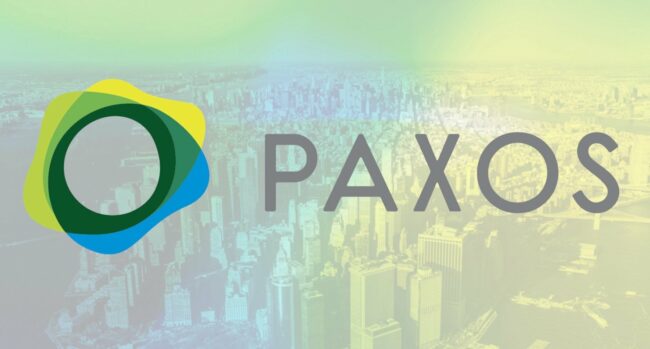How Much Does It Cost to Develop a Blockchain App? [2025 Pricing Guide]
Blockchain is no longer an emerging technology — it has become the digital infrastructure powering the next generation of applications. From DeFi protocols and NFT marketplaces to supply chain solutions and enterprise-grade platforms, blockchain is reshaping industries at an unprecedented pace.
But if you’re planning to build your own blockchain app, there’s one question that inevitably comes first:
“How much does it cost to develop a blockchain app?”
The short answer: it depends.
Blockchain app development costs vary significantly based on your app type, tech stack, consensus mechanism, integrations, compliance requirements, and team structure. In this guide, we’ll break down everything you need to know to estimate costs accurately and make smarter budget decisions — whether you’re a startup, enterprise, or investor.
Why Blockchain App Development Costs Vary
Unlike traditional web or mobile apps, blockchain apps require specialized architectures, higher security layers, decentralized consensus mechanisms, and often regulatory compliance. That’s why pricing isn’t one-size-fits-all.
Here are the average cost ranges based on project complexity:
Key Factors That Influence Blockchain App Development Costs
To understand where your budget goes, let’s break down the main cost drivers:
1. Type of Blockchain Network
- Public chains (Ethereum, Solana, Polygon): More expensive due to network fees & scaling solutions.
- Private chains (Hyperledger, Quorum): Higher upfront setup costs but lower transaction fees.
- Consortium blockchains: Ideal for enterprises — cost depends on governance complexity.
2. Consensus Mechanism
Your consensus model impacts both infrastructure costs and development timelines:
3. Feature Set
The more complex your features, the higher the cost. Common blockchain app features include:
- User authentication & wallets
- Smart contracts & tokenomics
- Payment gateway integration
- Decentralized storage solutions (IPFS, Arweave)
- KYC/AML compliance modules
4. UI/UX Design Complexity
Blockchain apps require intuitive interfaces to onboard non-technical users.
- Minimalistic design: $5K — $10K
- High-end enterprise UX: $20K+
5. Integrations & Third-Party Services
From crypto payment processors to oracle networks, third-party integrations add both complexity and cost. For example:
- Payment gateways (Stripe, Coinbase Commerce) → $5K–$10K
- Oracles (Chainlink) → $8K+
- KYC/AML APIs → $3K–$7K
6. Compliance & Security
Blockchain apps handling sensitive data or assets must comply with regulations like GDPR and financial KYC norms. Costs include:
- Smart contract audits → $5K — $25K
- Penetration testing → $8K — $15K
- Compliance certifications → $10K — $50K
Hidden Costs Nobody Talks About
Even after deployment, costs don’t stop. Here are overlooked expenses:
- Infrastructure scaling → $1K — $5K/month
- Ongoing maintenance & version upgrades → ~20% of initial cost annually
- Security audits after updates
- User acquisition & marketing costs (critical for dApps)
- Ignoring these leads to budget overruns later.
Real-World Blockchain App Cost Scenarios
Let’s simulate three realistic scenarios to give you a clearer picture:
How to Optimize Blockchain App Development Costs
If you want enterprise-grade results without breaking your budget, here’s how to optimize costs:
- Build an MVP first — validate before scaling.
- Use white-label blockchain frameworks where possible.
- Choose the right consensus mechanism for your goals.
- Partner with a specialized blockchain development company to avoid costly mistakes.
Timeline vs. Cost: What to Expect
Your development timeline directly influences cost:
FAQs About Blockchain App Development Costs
1. What’s the average cost to develop a blockchain app in 2025?
Anywhere from $20K to $300K+, depending on complexity, features, and architecture.
2. How long does it take to build a blockchain app?
From 3 months for a basic DApp to 18+ months for enterprise solutions.
3. Can I reduce costs using open-source blockchain frameworks?
Yes — using frameworks like Hyperledger or Polygon SDK can save 30–40% in initial development.
4. Do I need a smart contract audit?
Absolutely. Skipping audits can lead to vulnerabilities costing millions.
How Much Does It Cost to Develop a Blockchain App? [2025 Pricing Guide] was originally published in Coinmonks on Medium, where people are continuing the conversation by highlighting and responding to this story.
Vous aimerez peut-être aussi

WOW Summit Partners with Hong Kong Sevens: Five Memorable Days of Web3, Sports, and Excitement!

Paxos to Launch Hyperliquid’s First Stablecoin USDH
